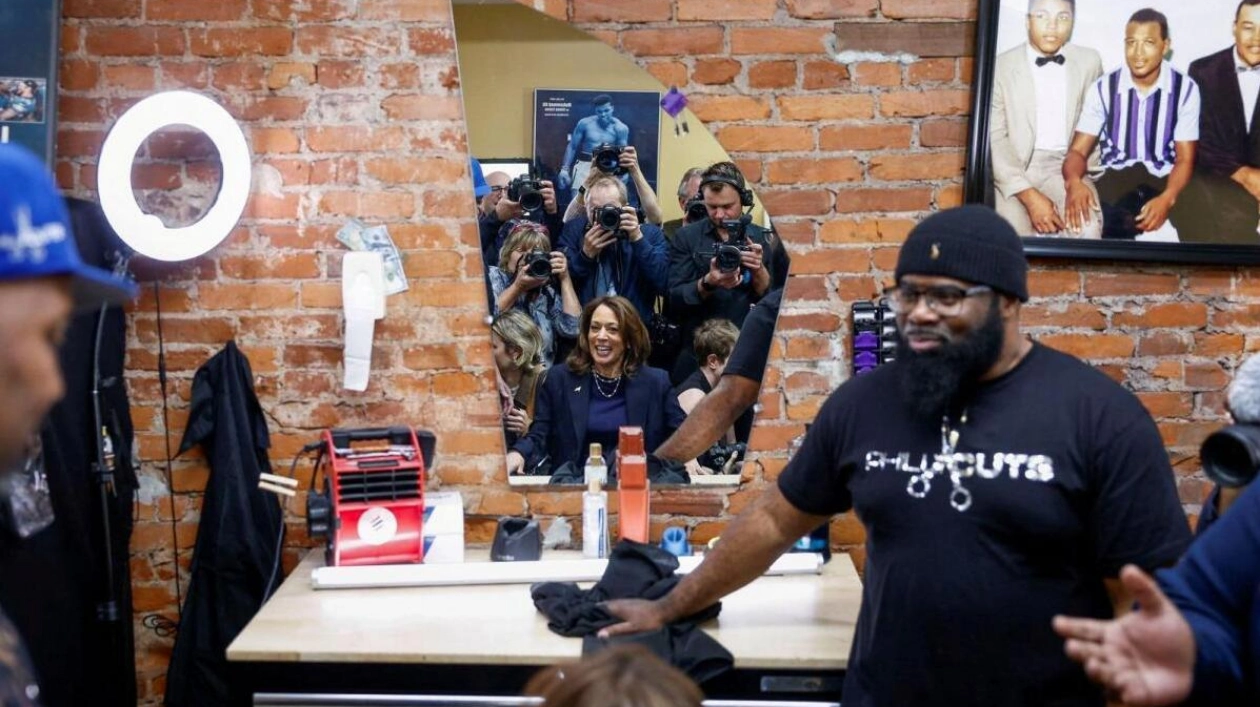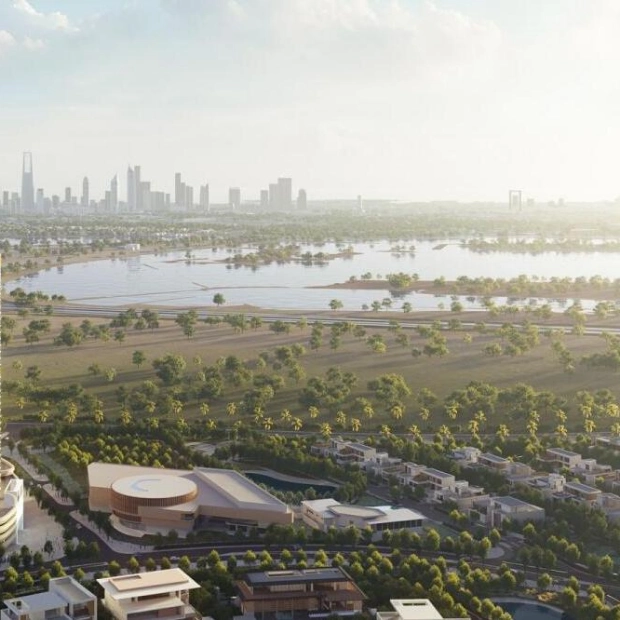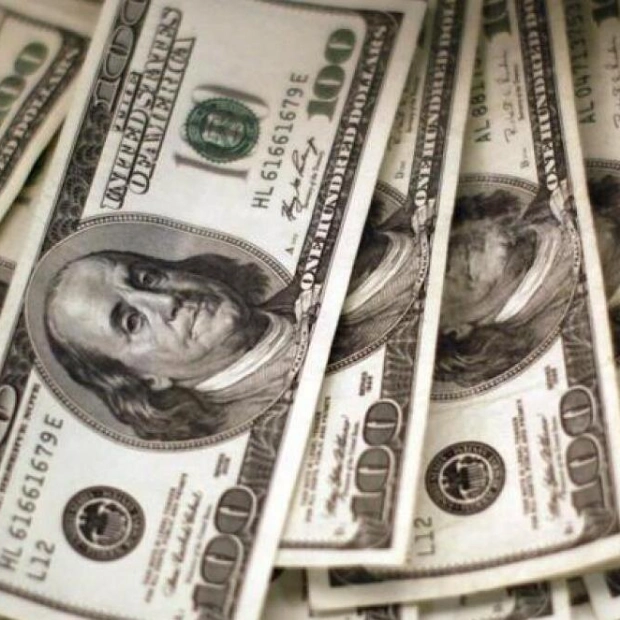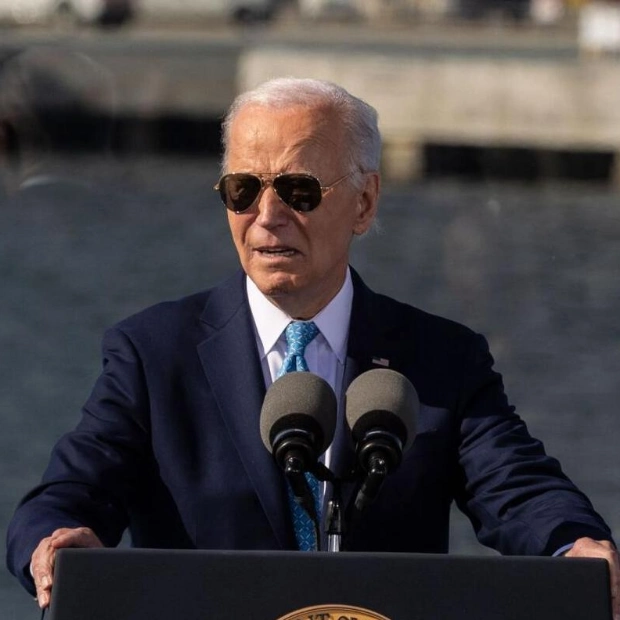Democratic presidential nominee and US Vice-President Kamala Harris took a seat in the 'lucky chair' at PhillyCuts barber shop during her campaign stop in Philadelphia, Pennsylvania, on Sunday. – Reuters
US Vice President Kamala Harris and former president Donald Trump are on a collision course for their November 5 election showdown, marking one of the closest contests in modern American history. In the critical states shaping the 2024 race, the two contenders are neck and neck with just a week left before Election Day. According to the US Constitution, America's founding fathers established that each of the 50 states would independently vote for the president. Under the intricate Electoral College system, each state is allocated a specific number of 'electors' based on population. Most states operate on a winner-takes-all basis, awarding all electors to the candidate who wins the popular vote. With candidates needing 270 out of 538 electoral votes to secure victory, elections often hinge on the hotly contested 'swing states' that have a history of shifting between Republican and Democratic candidates. This year, seven such battlegrounds are in play, each within the margin of error. Here's a closer look:
Pennsylvania, once a reliably Democratic state, is now one of the tightest races. Republican Trump narrowly won this populous battleground, with 13 million residents, by 0.7 percentage points in 2016. Joe Biden edged him out by 1.2 percentage points in 2020. Known for its 'Rust Belt' cities like Philadelphia and Pittsburgh, Pennsylvania has struggled with the decline of its industrial manufacturing base for decades. Both Trump and Harris have campaigned extensively in the eastern state, where they held their only presidential debate. Trump, who survived an assassination attempt at a July rally in Pennsylvania, is focusing on the rural white population and warning about the influx of migrants into small towns. Harris, on the other hand, is highlighting recent infrastructure successes and outlined plans to invest $100 billion in manufacturing during a visit to Pittsburgh, a key issue for state residents.
Georgia, a southeastern state, was a flashpoint at the end of Trump's first term, and the controversy continues to simmer. Prosecutors in Georgia indicted Trump for election interference after he pressured state officials to 'find' enough votes to overturn Biden's narrow 2020 victory. However, the case has been paused until after the election, providing a boost for Trump. Biden was the first Democrat to win Georgia since 1992, and demographic changes are likely to benefit Harris, who has actively courted minority voters across the state. Although Georgia has voted Democratic only once since 1980, Harris believes it's once again in play. The population, now over 10 million, is expanding and becoming more diverse, which could benefit Democrats.
In North Carolina, the recent devastation from storm Helene adds another layer of uncertainty to the vote. Trump flipped Michigan, a former Democratic stronghold, on his way to defeating Hillary Clinton in 2016. Biden reclaimed it in 2020, supported by unionized workers and a large Black community. However, Harris faces the risk of losing support from a 200,000-strong Arab-American community that has criticized Biden's—and by extension her—handling of the Israel-Hamas war in Gaza. Arizona, another tight race in 2020, saw Biden win by just 10,457 votes. Trump hopes that frustrations over the Biden-Harris administration's immigration policy will swing Arizona, which shares a border with Mexico, back in his favor. Harris visited Arizona's border in September, vowing to crack down on migration and revive a bipartisan border bill that she claims Trump sabotaged for political gain.
Wisconsin, a state Clinton neglected during the 2016 campaign, saw a different outcome when Biden was Trump's opponent. Biden turned a 23,000-vote deficit into a winning margin of 21,000 for Democrats. Trump views Wisconsin as winnable, and his party held its summer national convention there. While Trump initially led against Biden, Harris has turned the state race into a nail-biter. Nevada, with a population of 3.1 million, hasn't voted Republican since 2004. Conservatives, encouraged by Trump's progress with Hispanic voters, believe they can change that. Trump held a significant lead in Nevada against Biden, but Harris, promoting her economic plans to support small businesses and combat inflation, has since erased that advantage in the western state, where Las Vegas dominates the hospitality industry.
Source link: https://www.khaleejtimes.com






